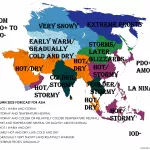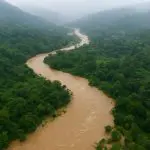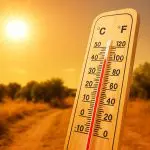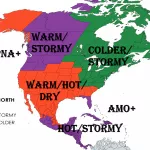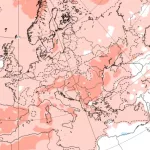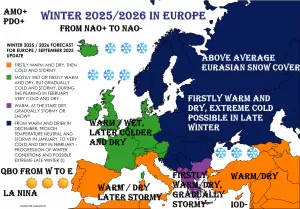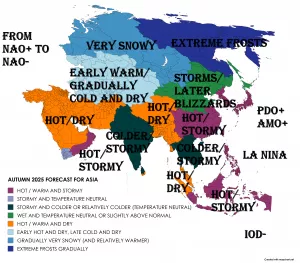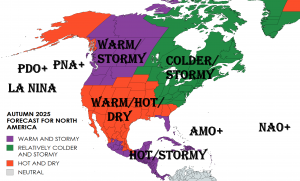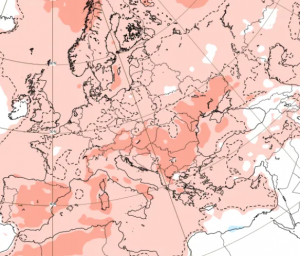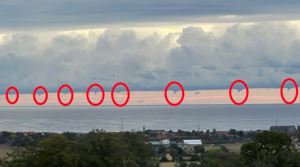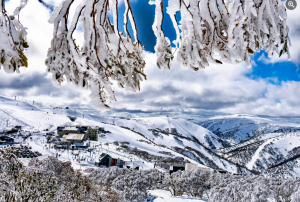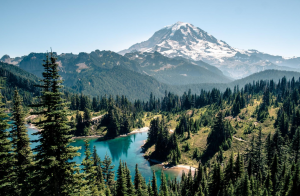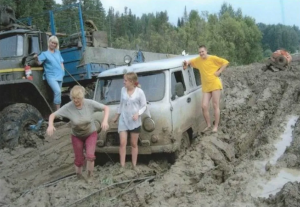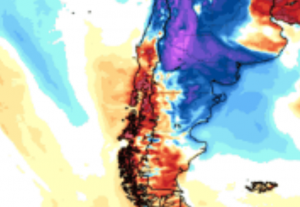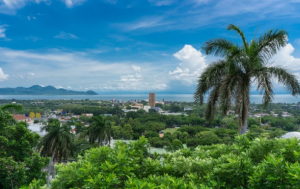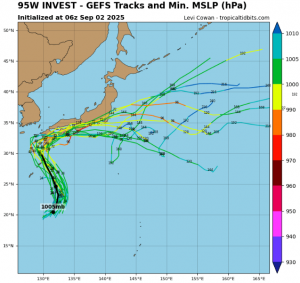
Heavy monsoon rains over September 3rd and 4th sent rivers surging in northern India and Indian-administered Kashmir, inundating densely populated areas and straining infrastructure. In Delhi, the Yamuna River crossed the official danger level, flooding low-lying neighborhoods around the Red Fort and forcing the closure of the historic Iron Bridge. Further north in Srinagar, the Jhelum River burst its banks, while landslides near the Ratle hydropower project disrupted both rescue operations and electricity supplies. The Chenab River also swelled to dangerous levels, creating widespread panic among residents of Jammu and Kashmir. These floods come after months of relentless rainfall that have already claimed more than 130 lives across northern India this monsoon season.
Meteorological data show that accumulated rainfall over the region has been well above seasonal averages, with some districts receiving more than double their normal totals for late August and early September. The intense precipitation has been fueled by persistent monsoon depressions drifting north from the Bay of Bengal and colliding with Himalayan terrain, where moisture-laden air is forced upward, producing torrents of rain. This topographical funneling effect often magnifies monsoon floods in the region, and this year has proven no exception. Authorities have also been criticized for inadequate pre-flood drainage management, leaving cities like Delhi more vulnerable when river levels suddenly rise.
The impacts of this flooding have been severe. Thousands of families in Delhi were displaced as rising waters forced emergency evacuations, while transport routes across Jammu and Kashmir were shut down due to washed-out roads and landslides. Farmers across the floodplains of the Yamuna and Chenab reported devastating crop losses, raising concerns about food security in a year already marked by volatile weather extremes. In Srinagar, the overflowing Jhelum River cut off neighborhoods and left rescue teams scrambling to reach stranded residents. With waters continuing to rise, government shelters are now overcrowded, and disease outbreaks remain a looming concern.
Government response has been urgent but complicated. In Delhi, officials released water from upstream dams in a bid to control Yamuna levels, though this exacerbated flooding downstream. Rescue teams were dispatched to Srinagar and Jammu, but damaged roads and landslides hampered access to many isolated villages. The Indian Army has been deployed to assist in search-and-rescue operations, while authorities are monitoring the Ratle dam site closely for signs of further instability. Critics argue that poor infrastructure maintenance and delayed flood warnings worsened the disaster’s toll.
Looking forward, forecasters warn that monsoon rains are likely to persist in northern India for several more weeks, meaning river levels could remain precariously high. With September traditionally one of the most active monsoon months, officials fear additional flooding could occur if heavy precipitation persists. Climate scientists caution that warming atmospheric conditions are intensifying monsoon extremes, with heavier downpours increasingly overwhelming India’s flood control systems. The events of September 3rd and 4th highlight the fragility of northern India’s infrastructure in the face of ever more powerful monsoon surges.


